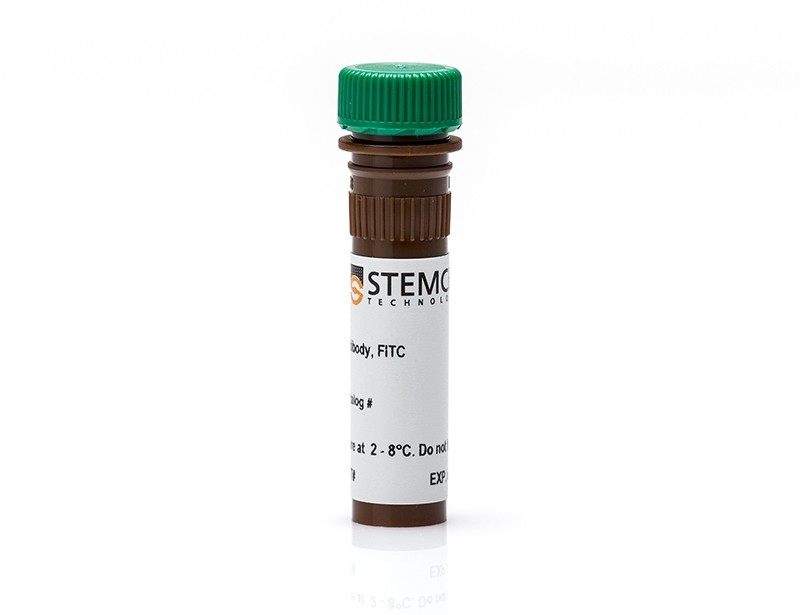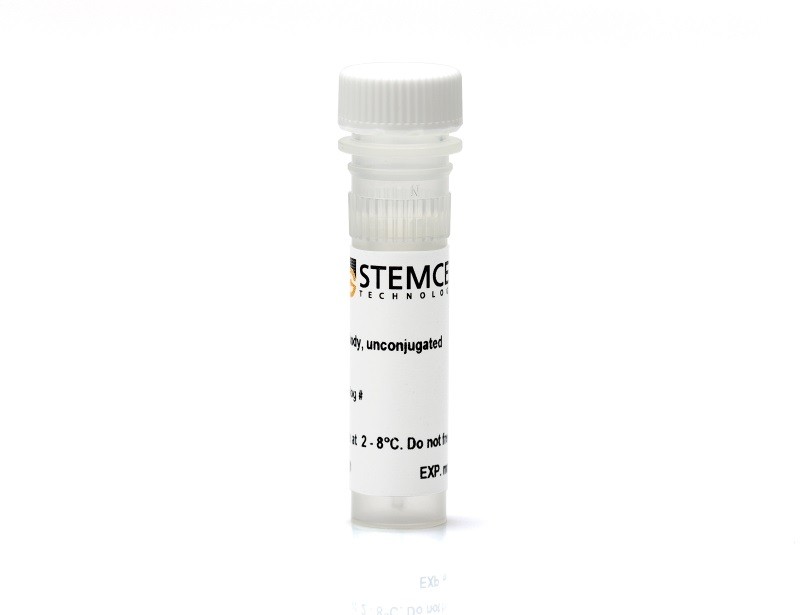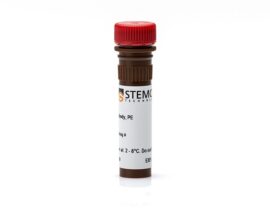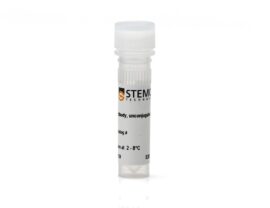

Overview
The OKT4 antibody reacts with CD4, an ~59 kDa single-chain type 1 transmembrane glycoprotein and member of the immunoglobulin (Ig) superfamily; CD4 contains four extracellular Ig-like domains (D1 – D4). The epitope for OKT4 has been localized to the D3 domain of the protein, which has a structure resembling an Ig variable domain. CD4 is expressed at relatively high levels by most thymocytes and a subpopulation of T cells (T-helper cells), and at lower levels by peripheral blood monocytes and macrophages. CD4 binds to a non-polymorphic region of MHC II and acts as a co-receptor to the T cell receptor (TCR) in MHC II-restricted antigen recognition by enhancing the affinity of the association between the TCR and MHC II-antigen complex. CD4 also functions to amplify signals from the TCR to the cytoplasm through the interaction of its intracellular domain with cytoplasmic tyrosine kinases such as Lck. Moreover, CD4 is a receptor for human immunodeficiency virus (HIV). Binding of the OKT4 antibody to CD4 does not block HIV binding.
This antibody clone has been verified for purity assessments of cells isolated with EasySep™ kits, including EasySep™ Direct Human CD4+ T Cell Isolation Kit , EasySep™ Human CD4+ T Cell Enrichment Kit, EasySep™ Human CD3 Positive Selection Kit II and EasySep™ Human CD4 Positive Selection Kit II.
Subtype: Primary Antibodies
Target Antigen: CD4
Alternative Names: T4
Reactive Species: Human; Rhesus; Cynomolgus; Chimpanzee; Sooty Mangabey
Conjugation: Alexa Fluor 488; APC; Biotin; FITC; PE; PerCP-Cyanine5.5; Unconjugated
Host Species: Mouse
Cell Type: T Cells; T Cells, Regulatory; T Cells, CD4+
Application: Flow Cytometry; Functional Assay; Immunofluorescence; Immunohistochemistry; Immunoprecipitation
Area of Interest: Immunology; Transplantation Research
Clone: OKT4
Gene ID: 920
Isotype: IgG2b, kappa








